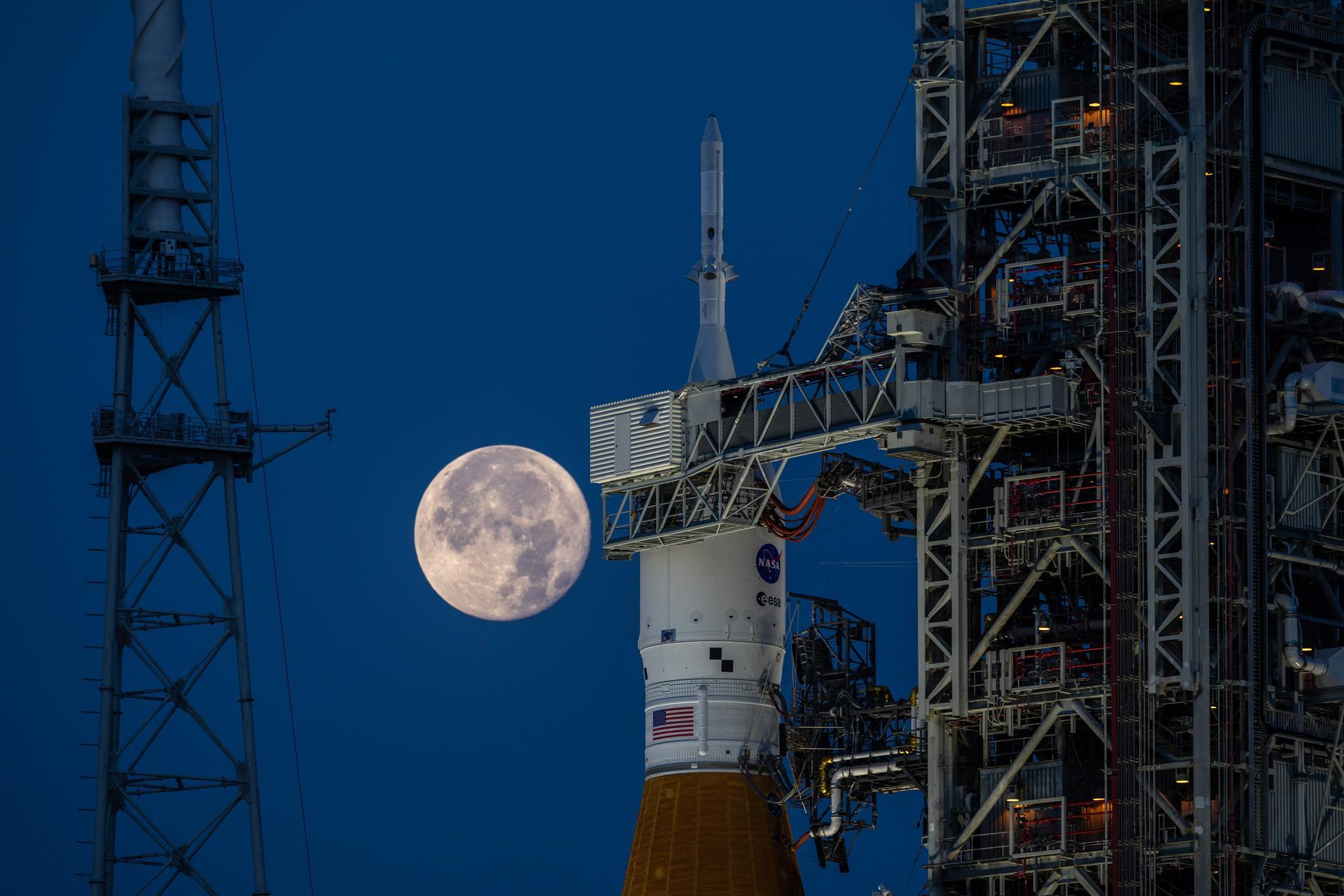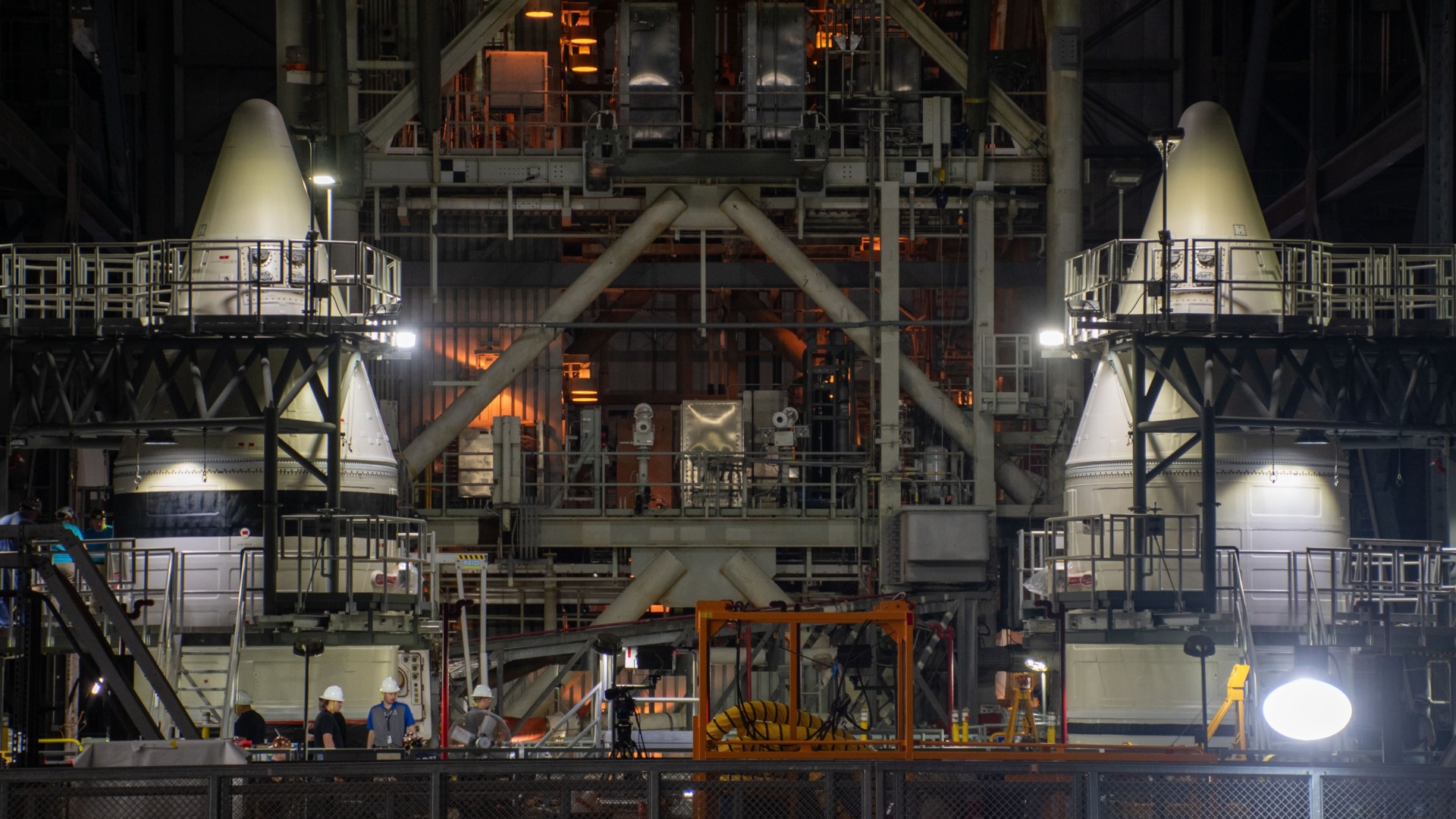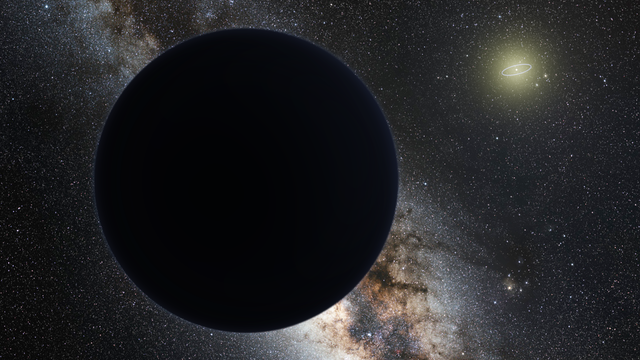NASA must 'consider alternatives' to put Artemis astronauts on the moon, experts tell US Congress
NASA did not provide a witness nor testimony for the hearing, despite being invited to do so.

The U.S. is in a race with China to get to the moon, amid potential changes to the Artemis program and turmoil at NASA, according to a House hearing on Wednesday.
As Intuitive Machines' IM-2 lunar lander sat on the pad awaiting its nighttime launch, a meeting of the House Committee on Science, Space and Technology's space and aeronautics subcommittee took place on Feb. 26 to discuss the next steps of the Artemis program and how it plays into efforts to get to Mars.
In the hearing, titled "Step by Step: The Artemis Program and NASA's Path to Human Exploration of the Moon, Mars, and Beyond", two longtime space policy experts, Dr. Scott Pace, director of the Space Policy Institute at George Washington University, and Dan Dumbacher, Adjunct Professor at Purdue University, told the hearing that getting to the moon was imperative, with China planning its own crewed landing before 2030.
"Our global competitors, primarily China and its allies, are out planning and outpacing us in their drive to become dominant in space. This is a critical national security and economic concern," said Dumbacher.
To get to the moon, both agreed that the Space Launch System (SLS) needs to play a key role, but differ on the degree.
Dumbacher stated that the number of Starship launches needed to demonstrate its capabilities means that the chances of it delivering humans to the moon by 2030 was "remote at best." Pace suggested taking a different route
"It's time to consider alternatives for going to the Earth, to the moon and back." Pace said. "Ideally, NASA should be able to buy heavy lift services to send humans to the moon. A revised Artemis campaign plan should be a high priority for the new administrator."
Get the Space.com Newsletter
Breaking space news, the latest updates on rocket launches, skywatching events and more!
"I would say the immediate campaign plan, if you will, for the next several missions is going to be important to get there ahead of the Chinese and then we need to be able to think: how are we going to stay there in a way that's sustainable and affordable?"

All of this plays into a wider competition with China and global space leadership, the witnesses stated. Going to the moon would also allow the U.S. to learn things necessary for going to Mars in the future.
"For U.S. leadership to be effective, human space exploration missions cannot be 'one and done' but must be repeatable and sustainable, with continuous presence as the norm," said Pace, while Dumbacher also said the U.S. needs a sustainable lunar presence which is sustainable technically, economically, politically.
NASA was also a topic of hot discussion in the light of recent actions from the Trump administration, including the termination of probationary employees which was halted at the eleventh hour, and confusion and turmoil after a "what did you do last week" email to federal workers.
Amid the apparent race with China, there was uncertainty over the direction of NASA and the future of some of its employees.
"The chaos, the confusion, the whiplash, intimidation and bullying of the workforce is agency and government wide," Congresswoman Zoe Lofgren from California said. "Every day, NASA employees are worried that they or their colleagues are going to be arbitrarily fired."
The effects were worrying, Dumbacher said. "Over the weekend, I had the chance to talk with former students, NASA employees, that are scared … And believe me, they are some of the smartest people.
"I am more than happy to turn over the future to them, and they they are concerned, and they see that, and they are actually questioning, what are they going to do for their careers, and looking at other opportunities, which I think is terribly sad because of the national imperative that we have and the global competition that we are engaged in," Dumbacher said.
At the same time, representatives raised issues of bureaucracy and procurement issues standing in the way of utilizing private sector innovation and resulting in increased costs. Reducing regulatory burdens and encouraging a culture of calculated risk-taking were proposed solutions.
NASA did not provide a witness nor testimony for the hearing, despite being invited to do so.
Join our Space Forums to keep talking space on the latest missions, night sky and more! And if you have a news tip, correction or comment, let us know at: community@space.com.

Andrew is a freelance space journalist with a focus on reporting on China's rapidly growing space sector. He began writing for Space.com in 2019 and writes for SpaceNews, IEEE Spectrum, National Geographic, Sky & Telescope, New Scientist and others. Andrew first caught the space bug when, as a youngster, he saw Voyager images of other worlds in our solar system for the first time. Away from space, Andrew enjoys trail running in the forests of Finland. You can follow him on Twitter @AJ_FI.
-
Jasper Best thing would be to axe SLS and everyone involved in the decision making leading to it.Reply -
George² Reply
SLS work properly. Only price per launch is wow.Jasper said:Best thing would be to axe SLS and everyone involved in the decision making leading to it. -
ChrisA Reply
SLS and Orion have already flown a human-rated capsule around the moon and landed back on Earth, It did this on its very first test mission. It works very well and has now been tested. The only other heavy lift rocket can not yet launch a payload to Earth orbit and has never made a successful landing on Earth.Jasper said:Best thing would be to axe SLS and everyone involved in the decision making leading to it.
SLS is pretty much done and is waiting for the other projects. -
Unclear Engineer SLS, the "Space Launch System" is not a "lunar landing system", unfortunately.Reply
So, without the success of the other launch systems like Spacex's "StarShip" and/or Blue Origin's "New Glenn", the Artemis Program is limited to circling the Moon and returning to Earth.
But, if those other launch systems are operational, then they would be cheaper to get the astronauts to lunar orbit in the first place, so why have SLS?
That is what has n ever made sense to me from the beginning of the Artemis planning process.
Artemis has been damaged by poor planning and inconsistent financial support, especially the go-stop-go-stop politics as administrations have changed over the last 2 decades.
So, I basically agree that better planning, with consideration of alternatives, is long overdue.
But, the current chaos in the Federal planning processes does not bode well for the development of an improved plan with improved consistency into the future. -
Jasper Reply
SLS is ‘done’, I agree.ChrisA said:SLS and Orion have already flown a human-rated capsule around the moon and landed back on Earth, It did this on its very first test mission. It works very well and has now been tested. The only other heavy lift rocket can not yet launch a payload to Earth orbit and has never made a successful landing on Earth.
SLS is pretty much done and is waiting for the other projects.
It is 1960/70 technology bolted on 1980 engines.
By now a space shuttle followup like Skylon/Sabre would be the way to go.
